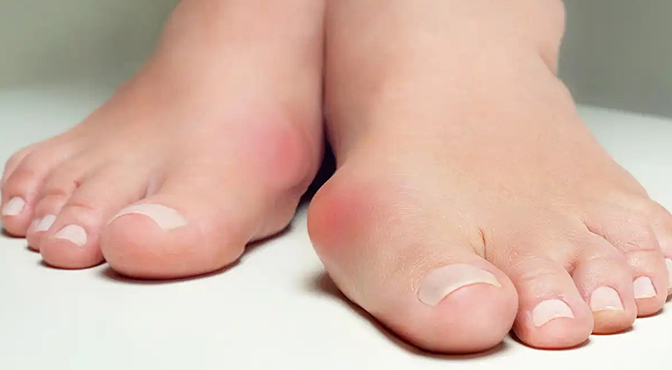BUNION – HALLUX VALGUS
Overview
A bunion is a bony enlargement that develops on the inside of the foot at the big toe joint. Bunions are also referred to as hallux valgus. A bunion is not always painful.
Bunions often develop slowly but may increase more rapidly when aggravated by pressure. The pressure on the big toe joint causes the big toe to lean toward the second toe. Over time, the normal structure of the bone changes, resulting in the bunion bump. This deformity will gradually increase and may make it painful to wear shoes or walk.
Anyone can develop a bunion, but they are more commonly noted in women.







